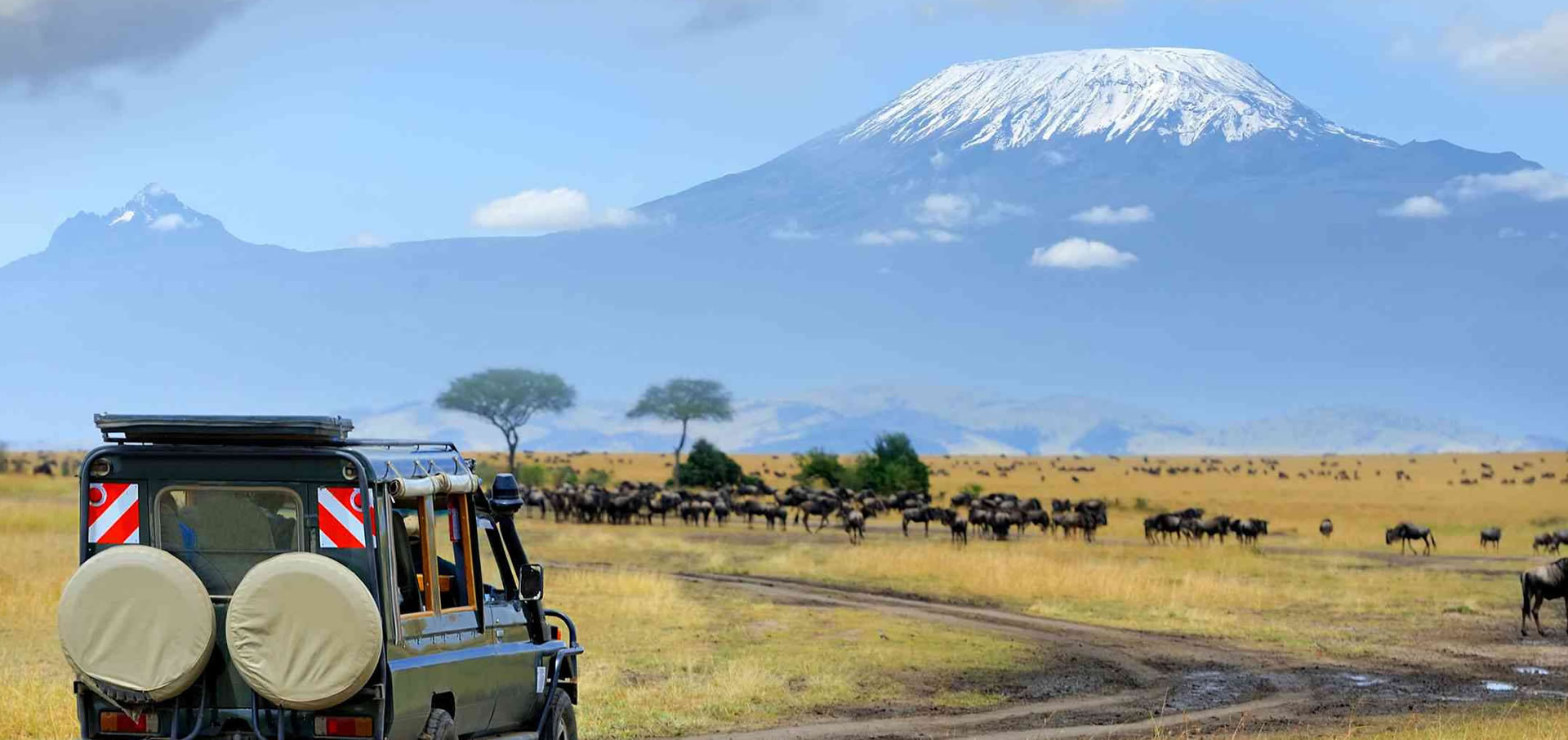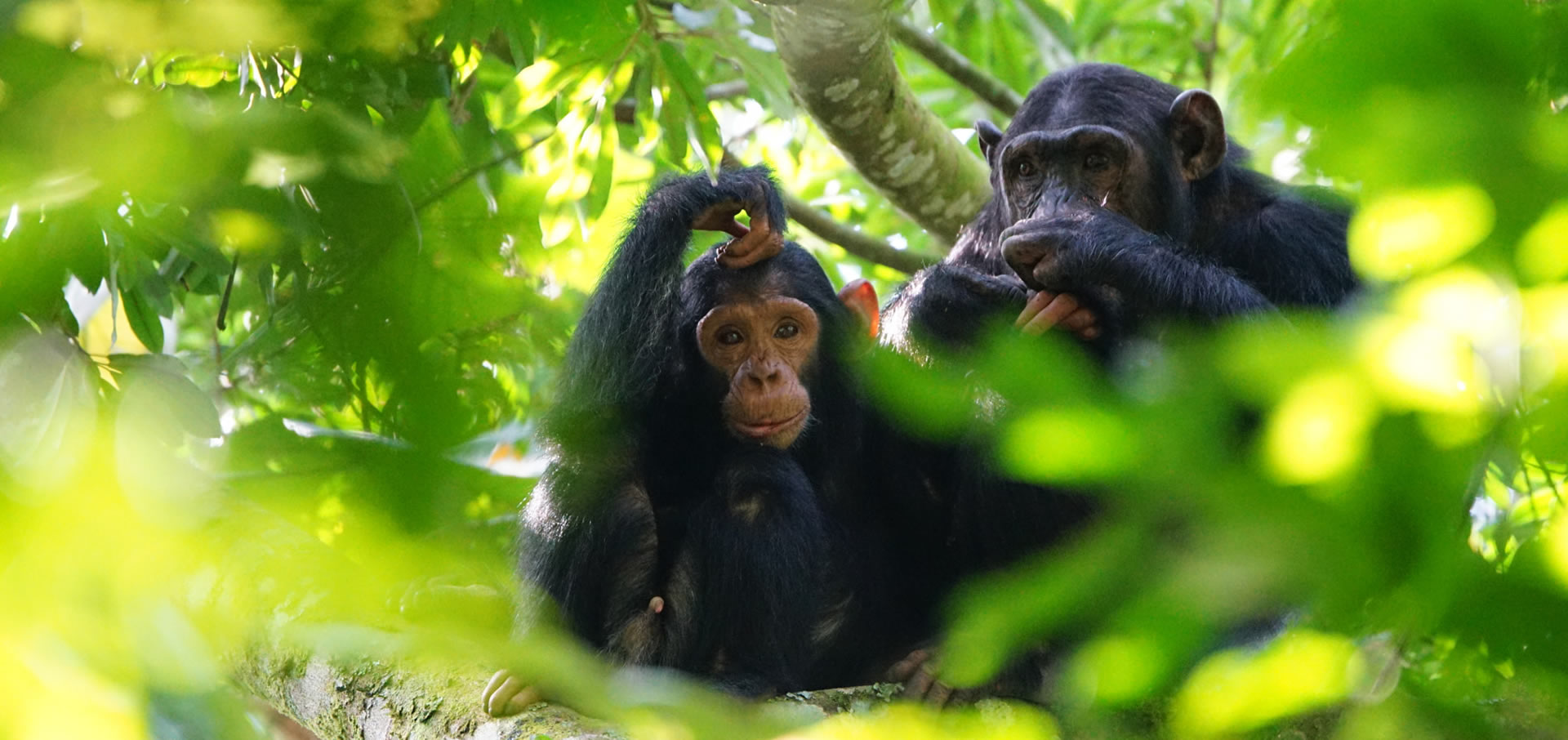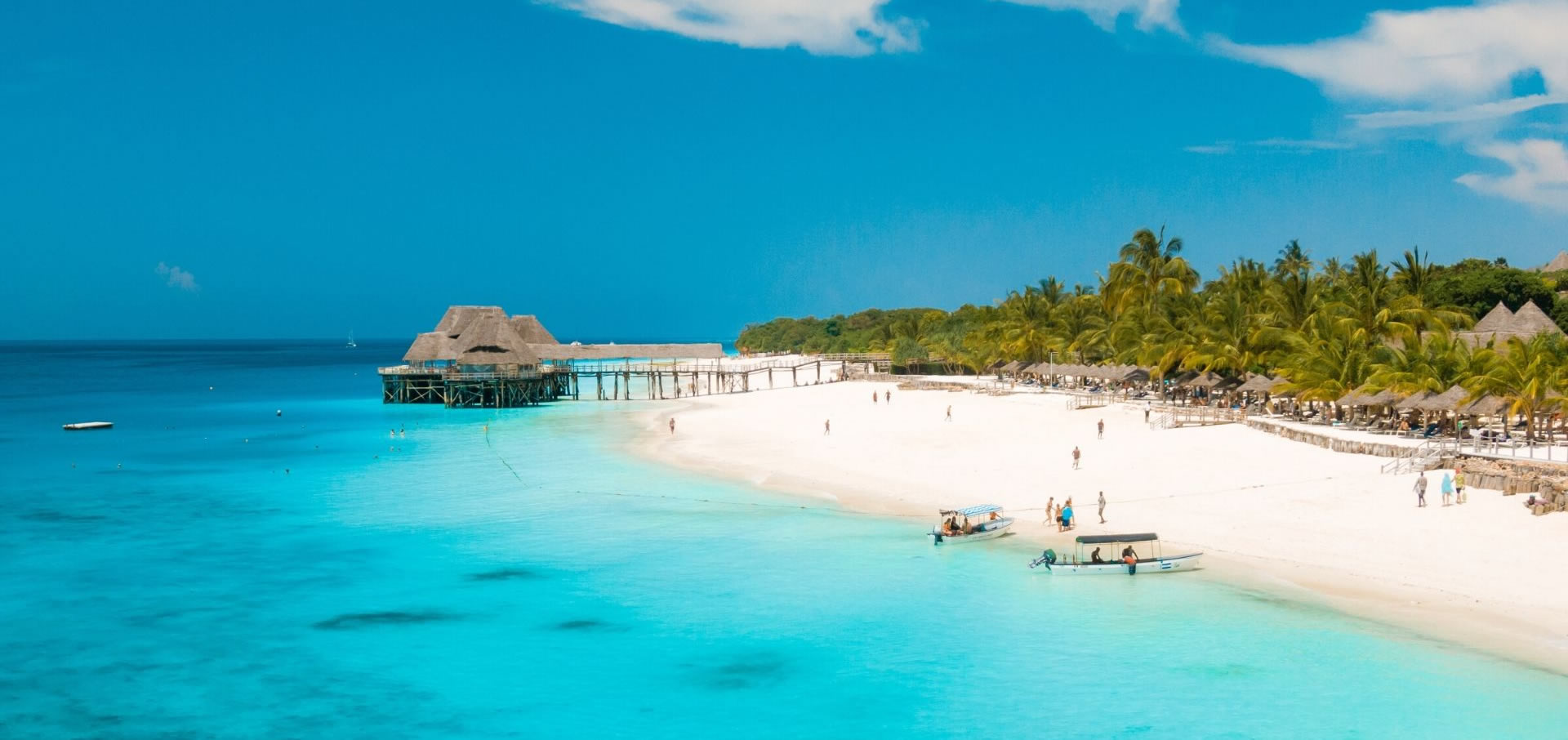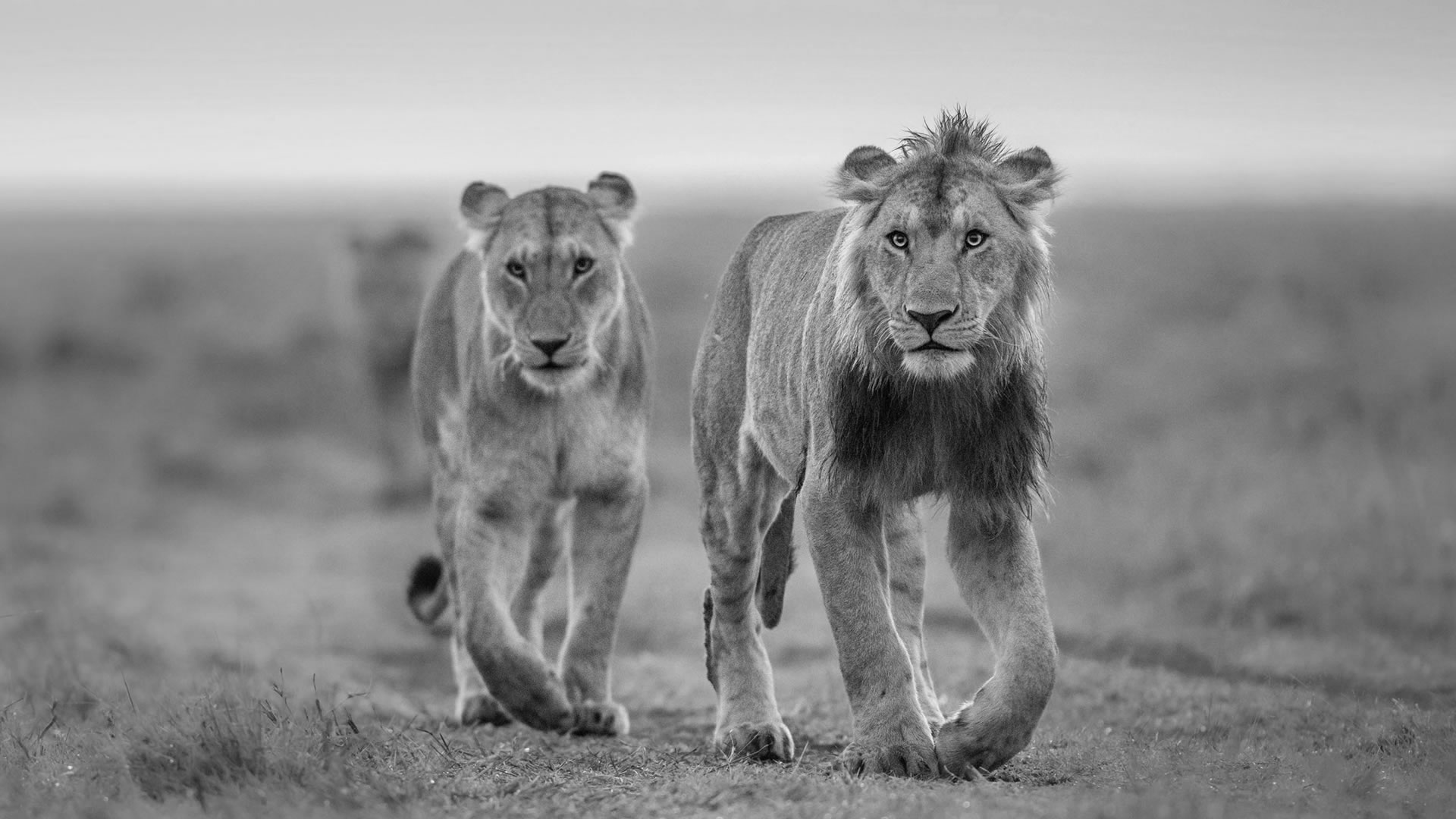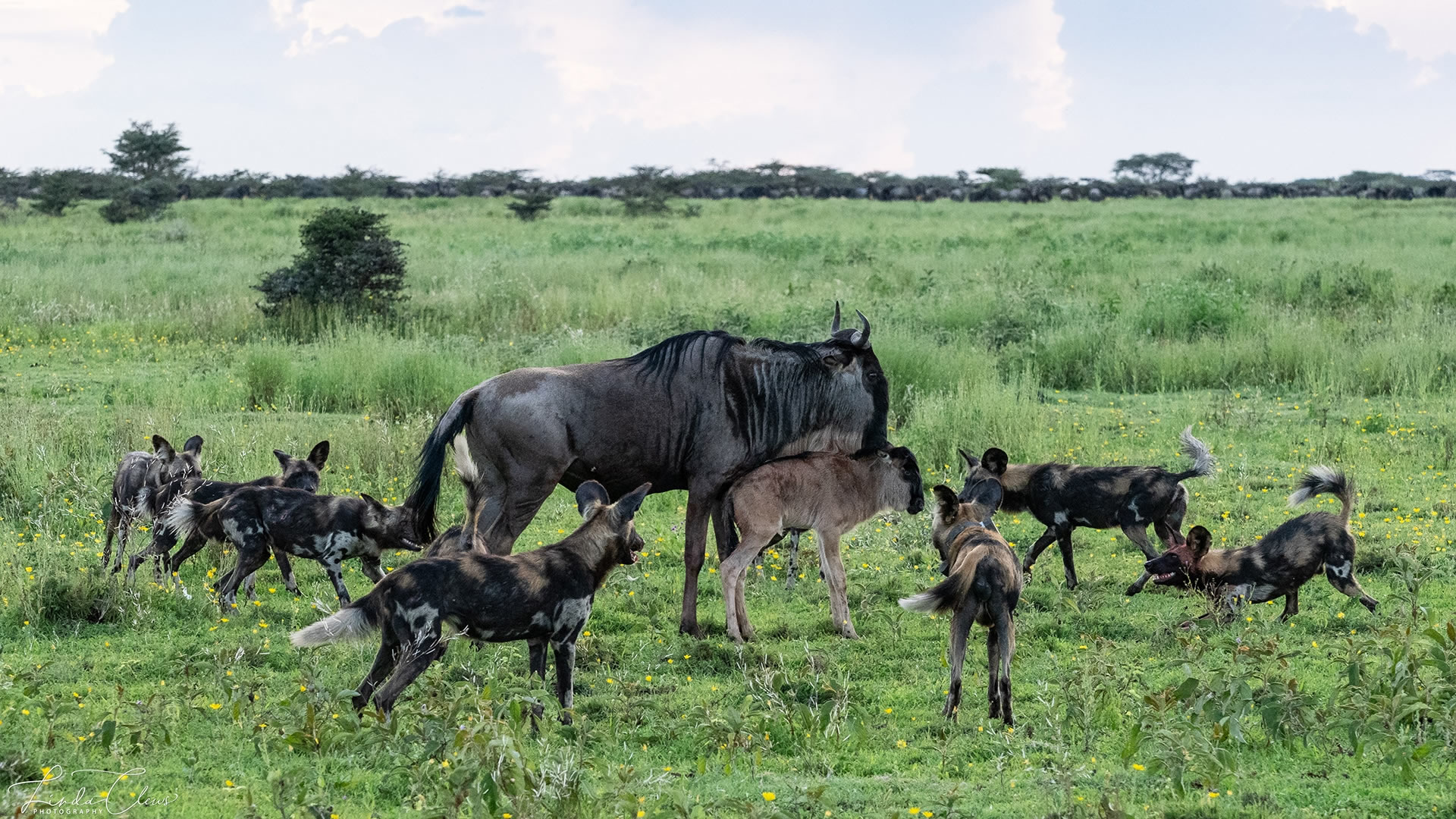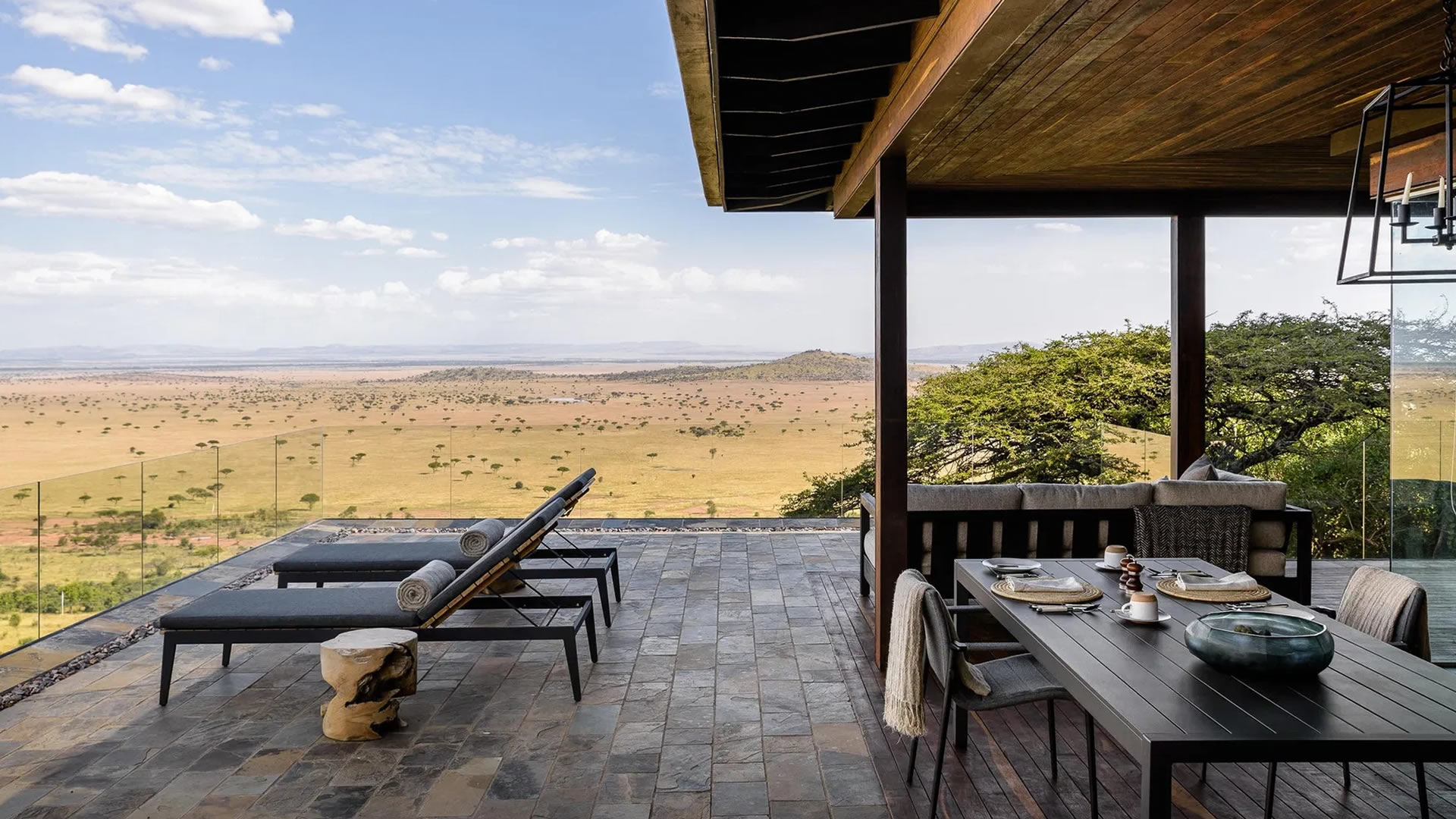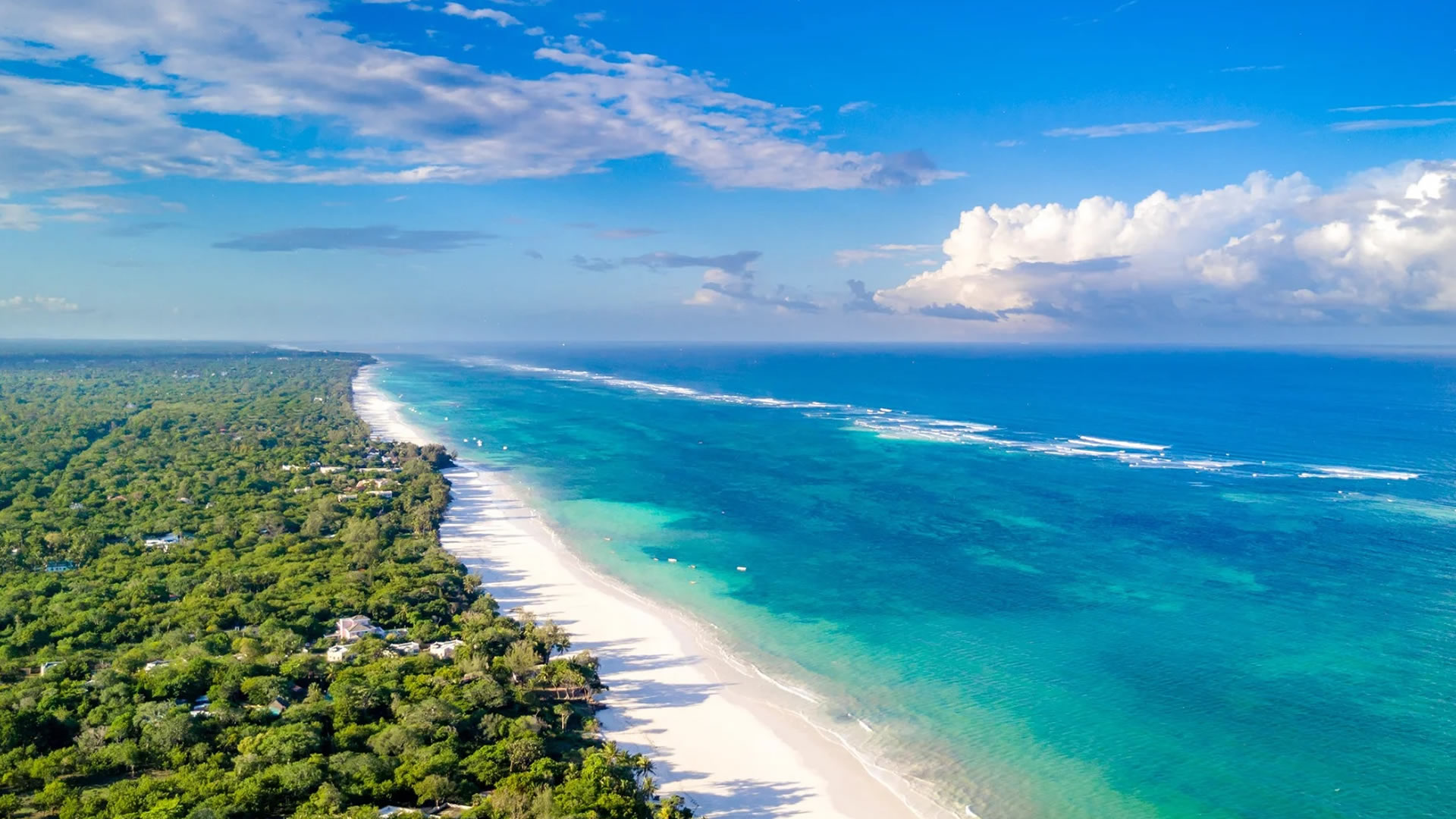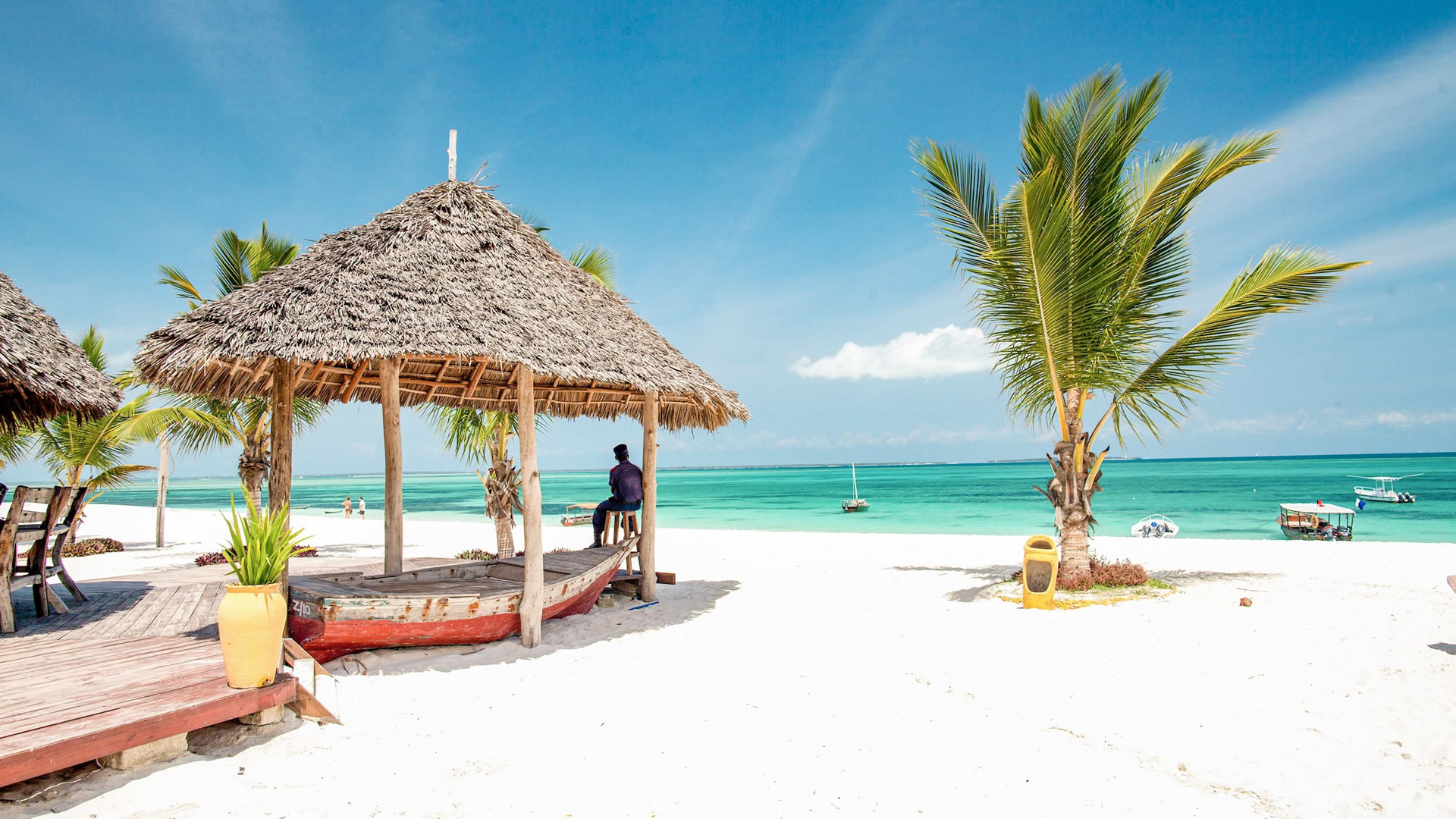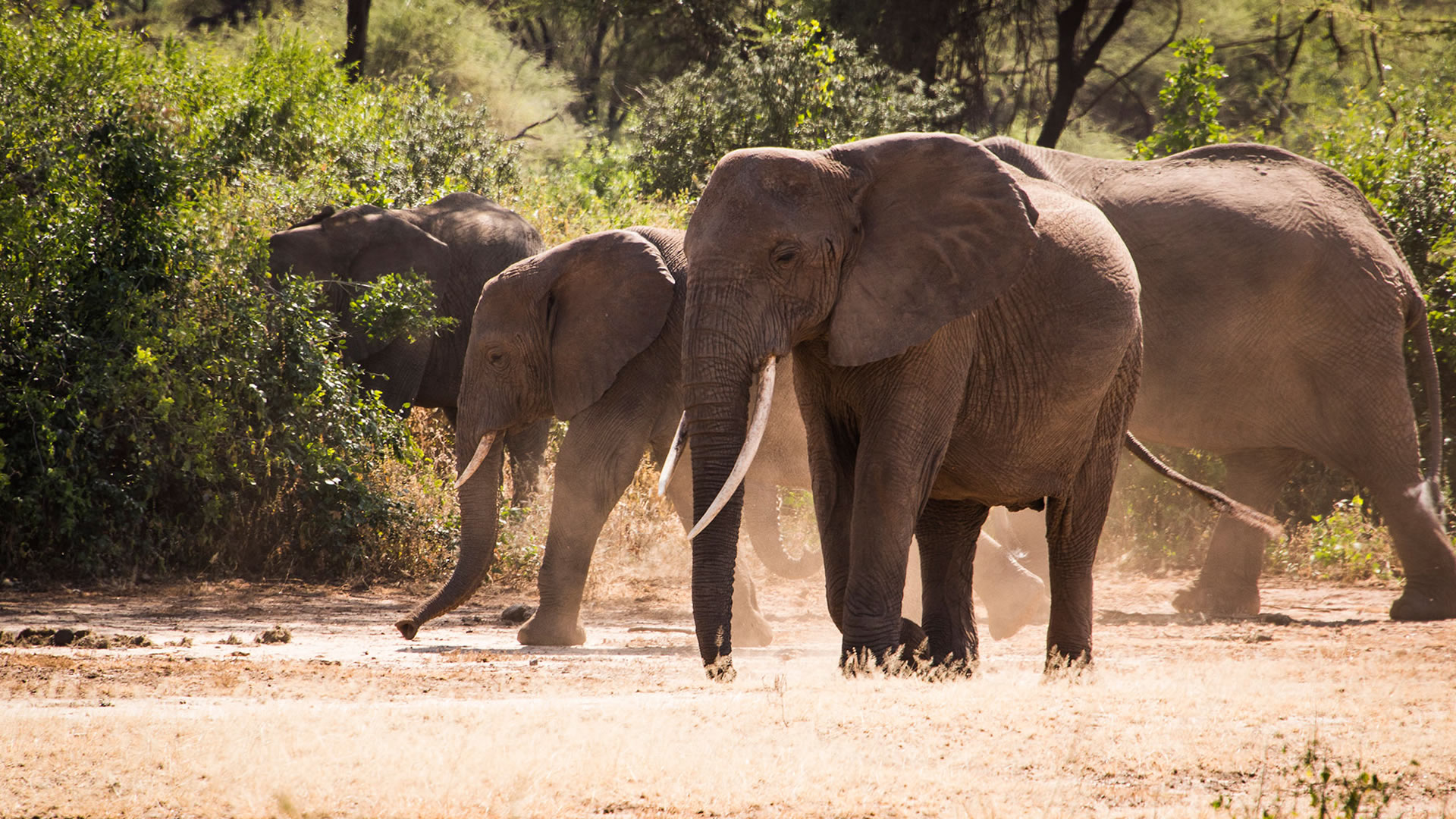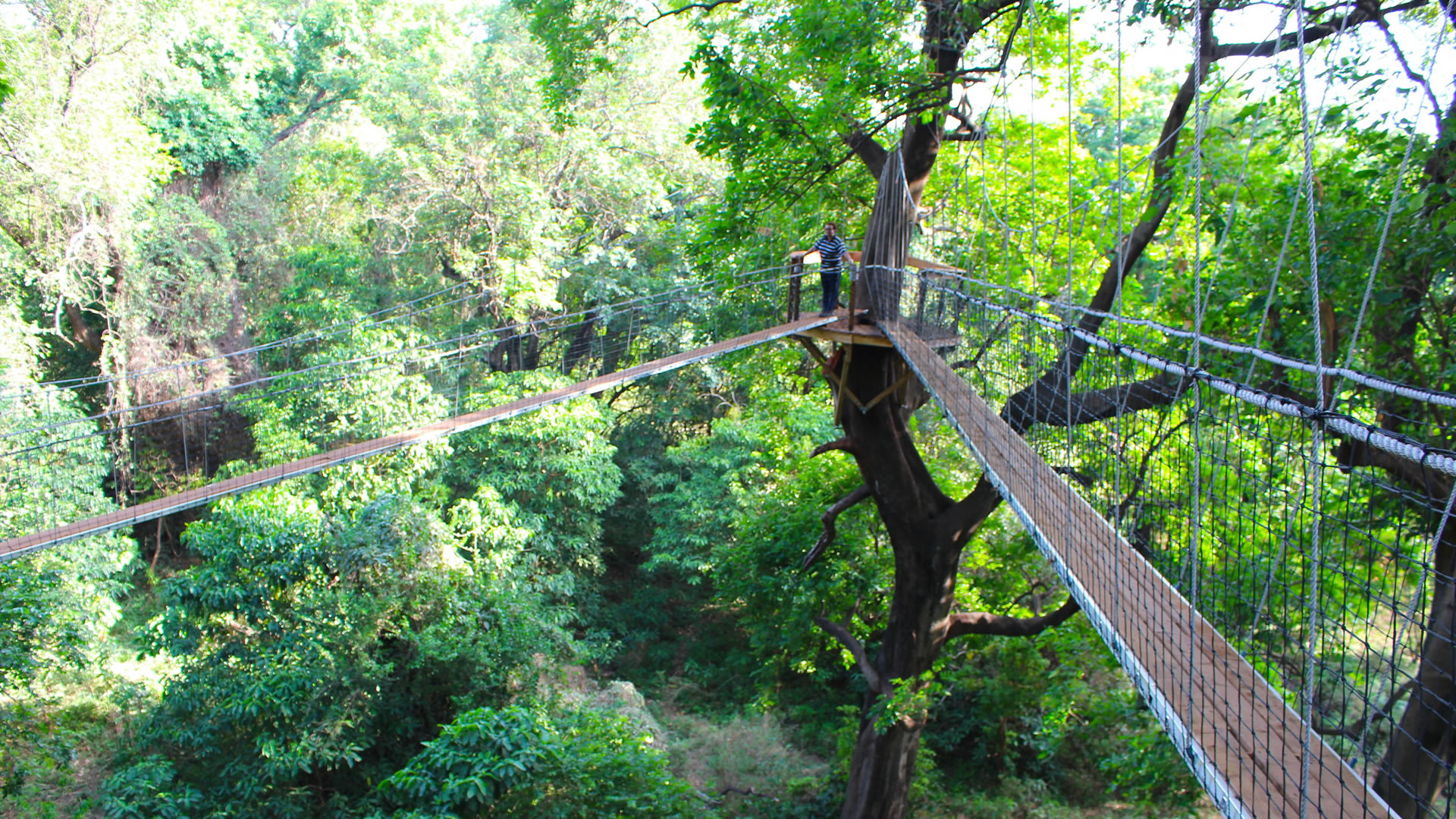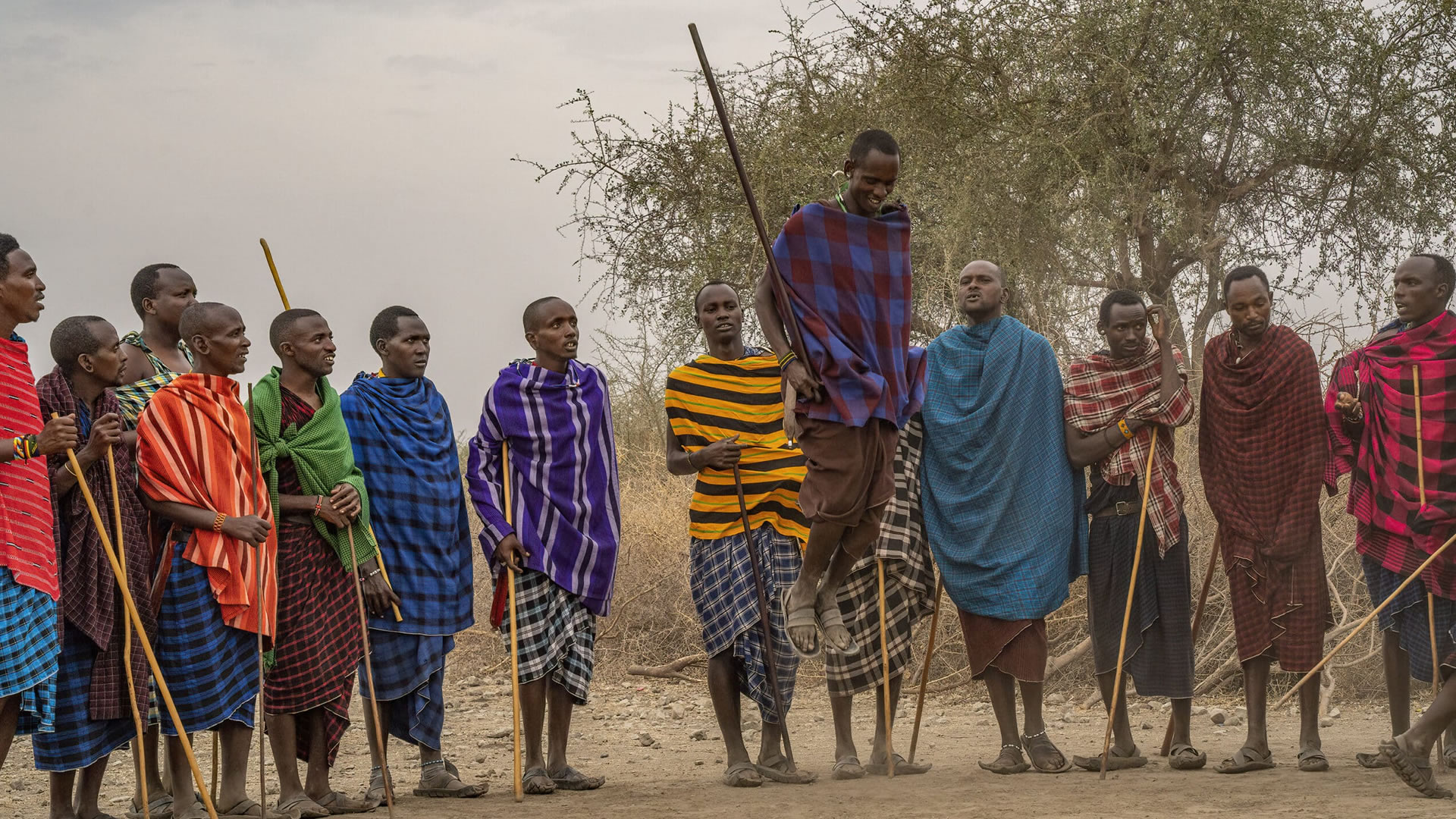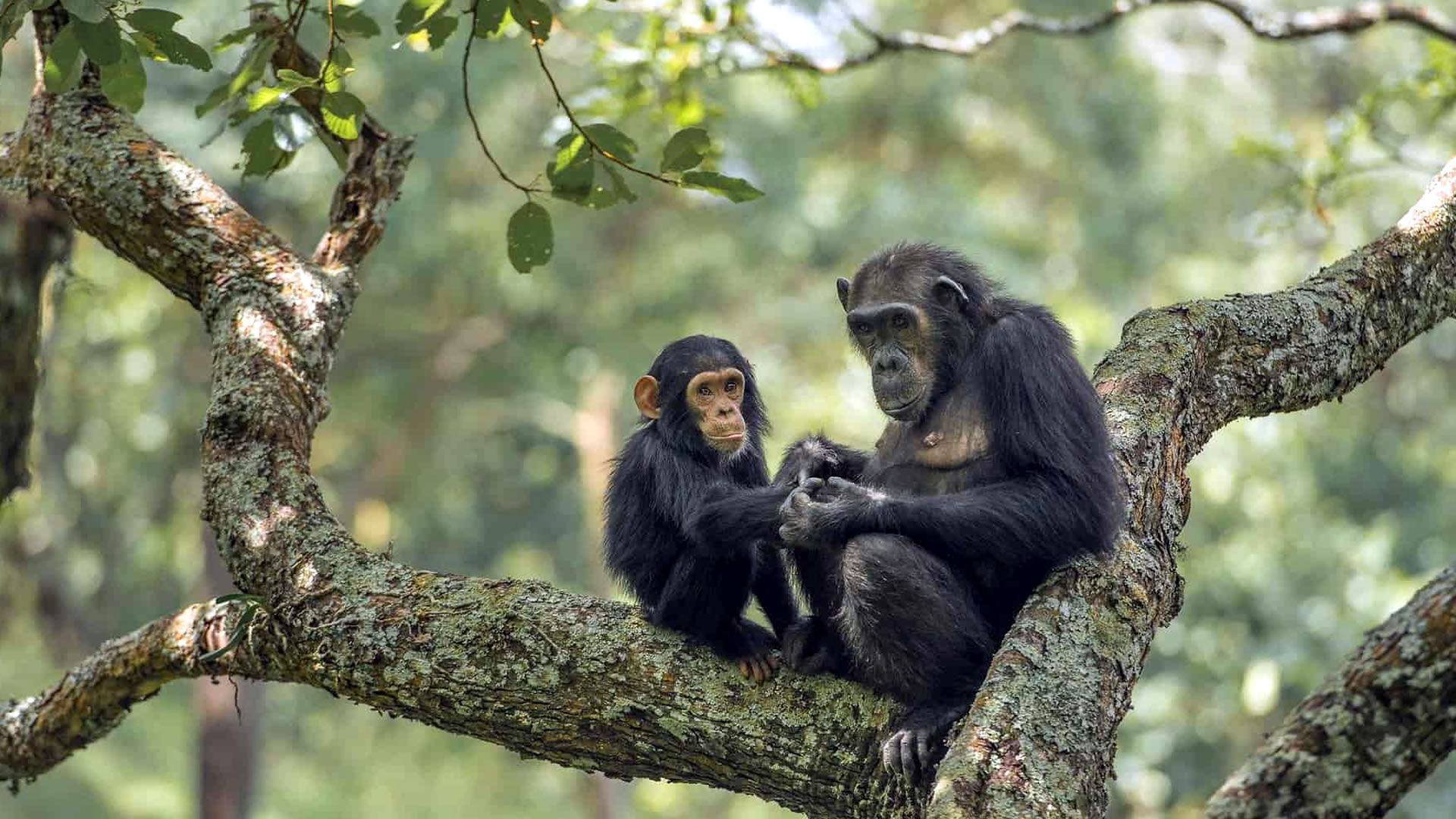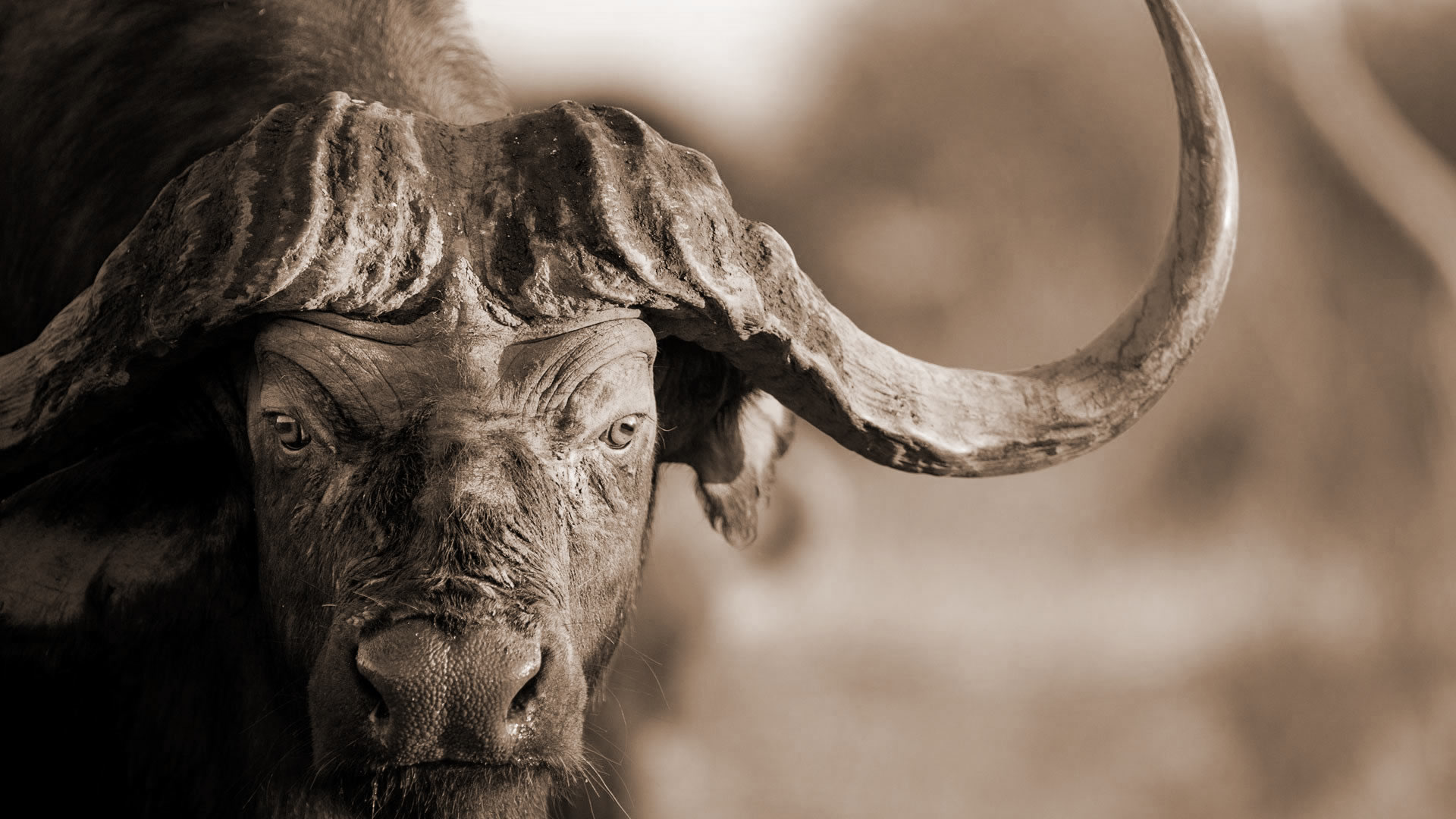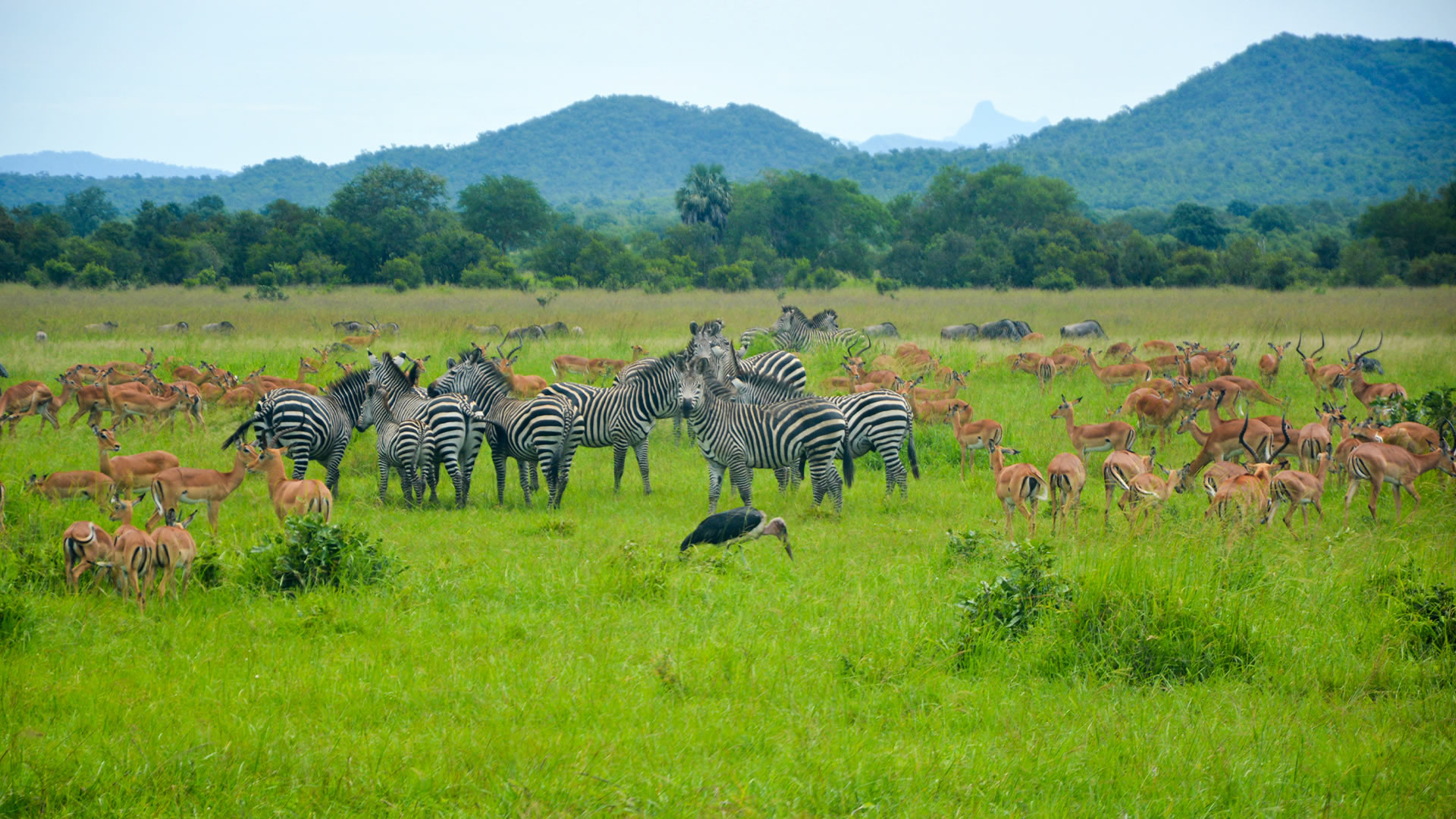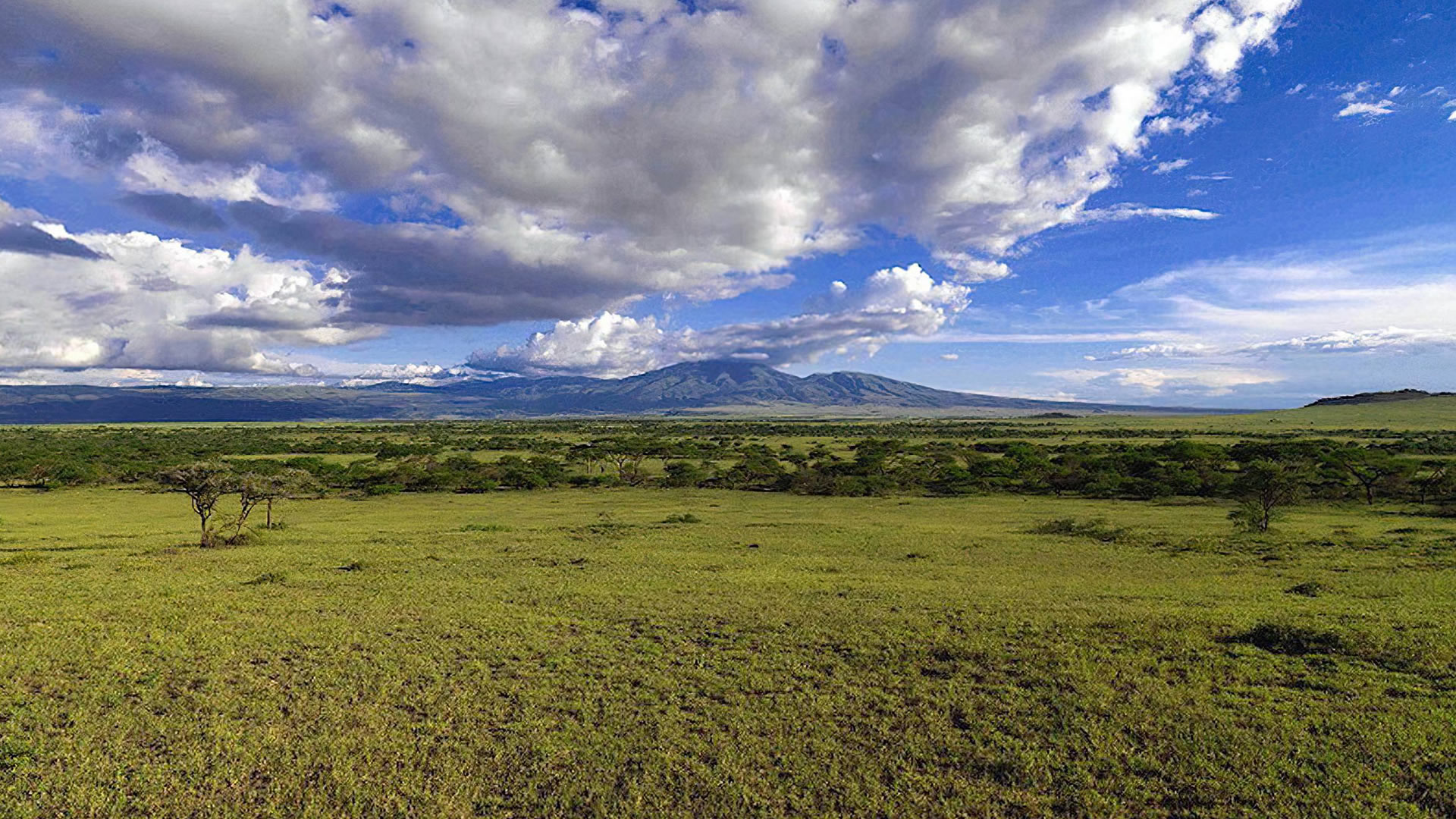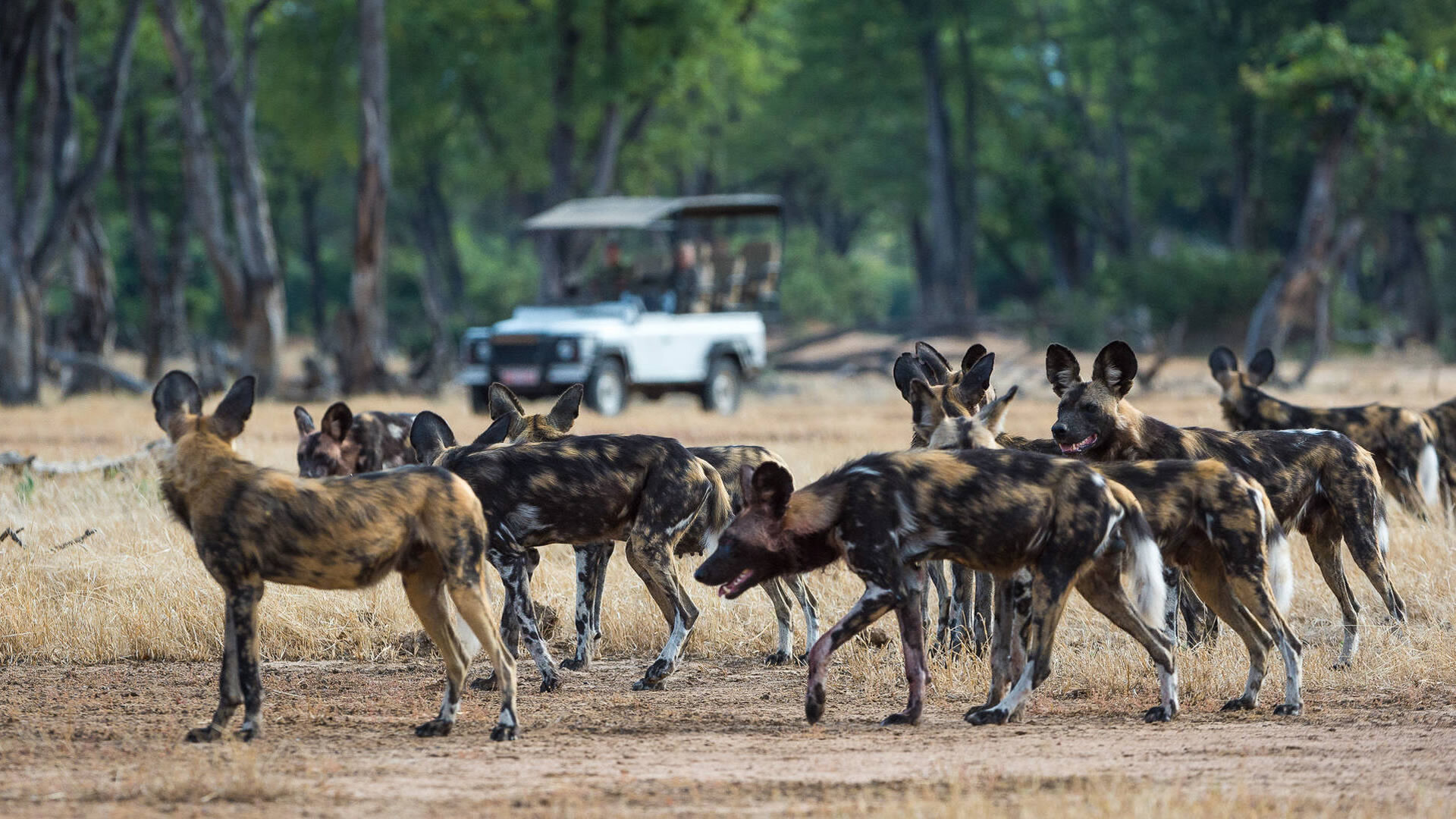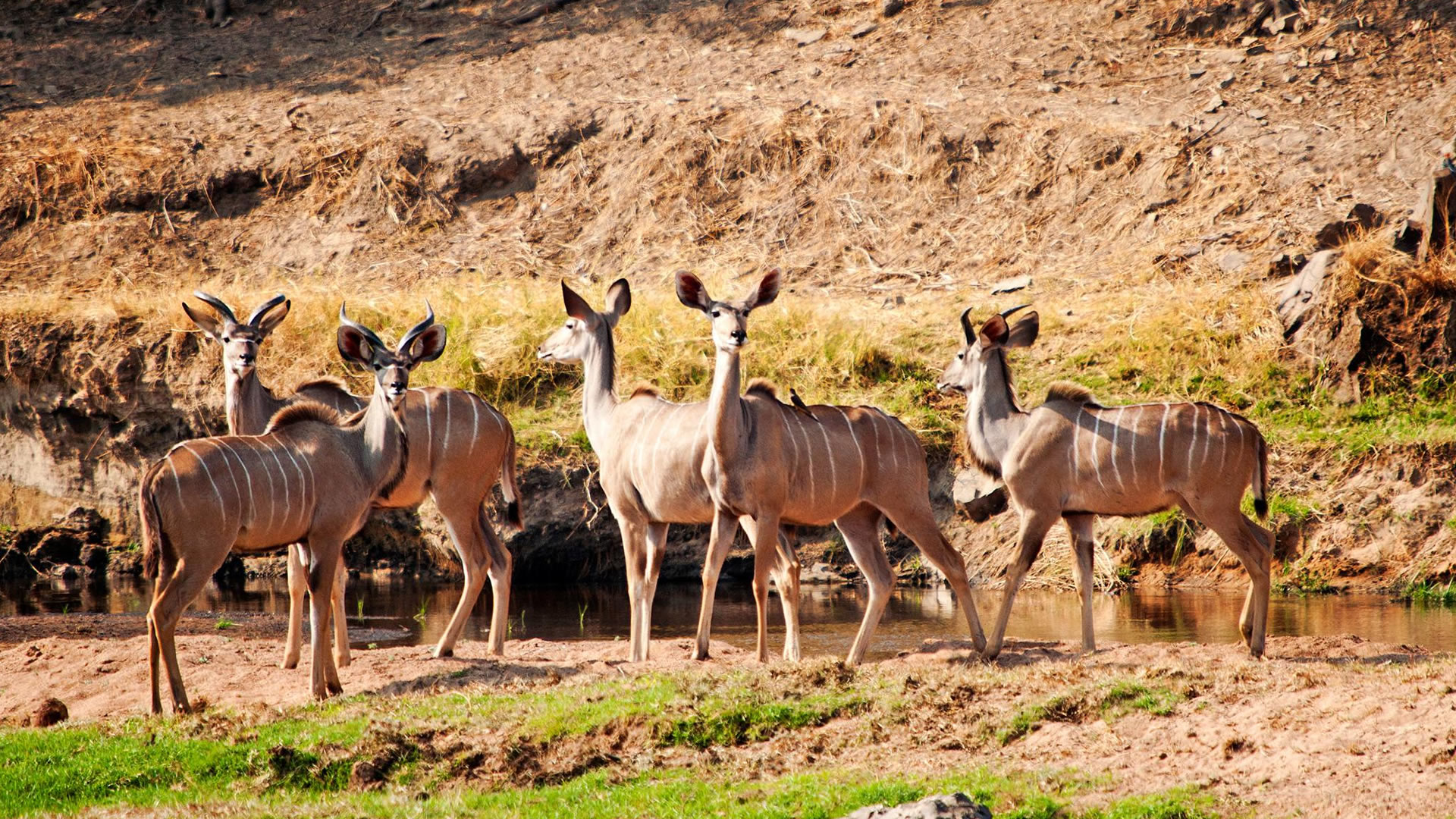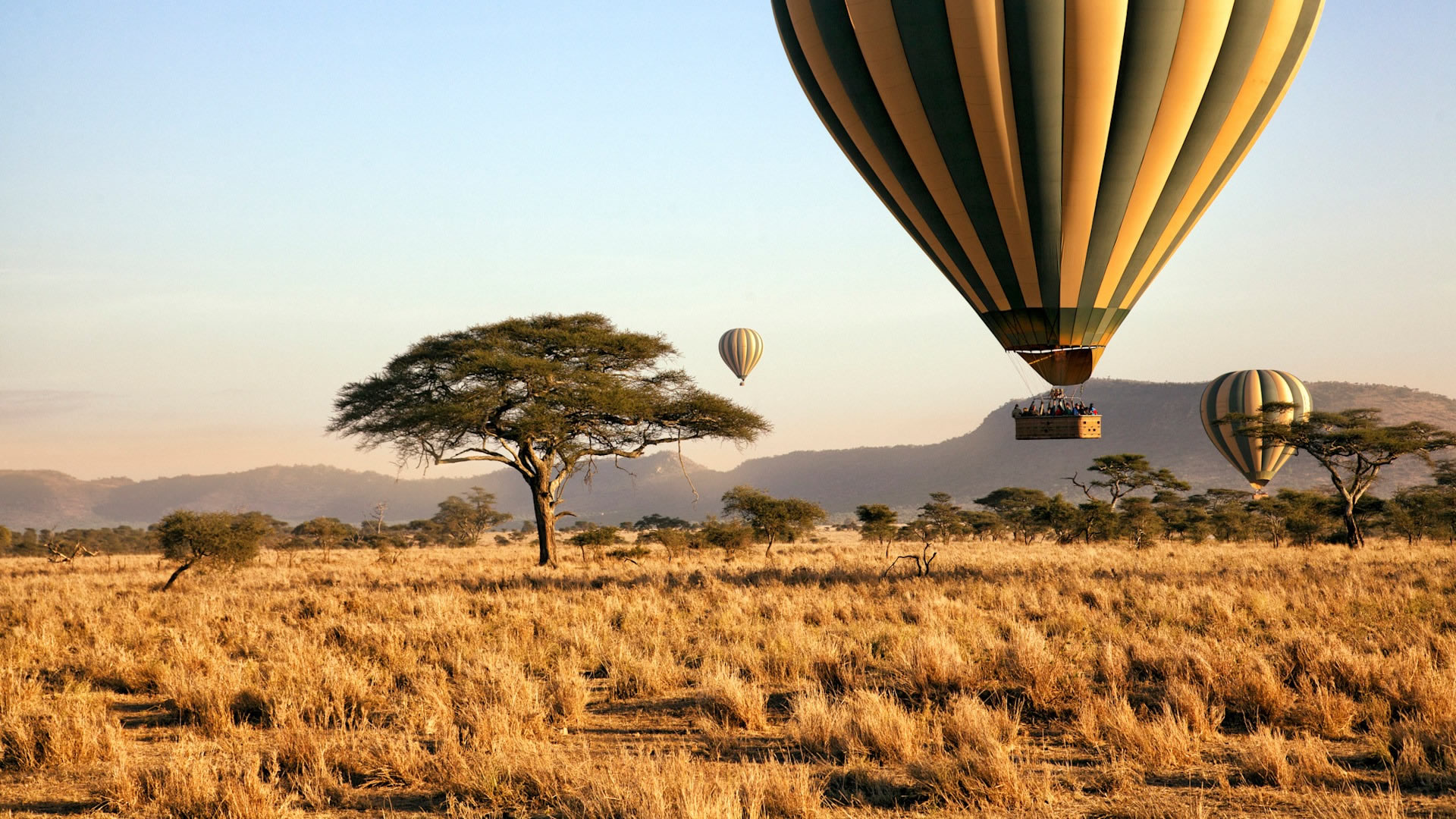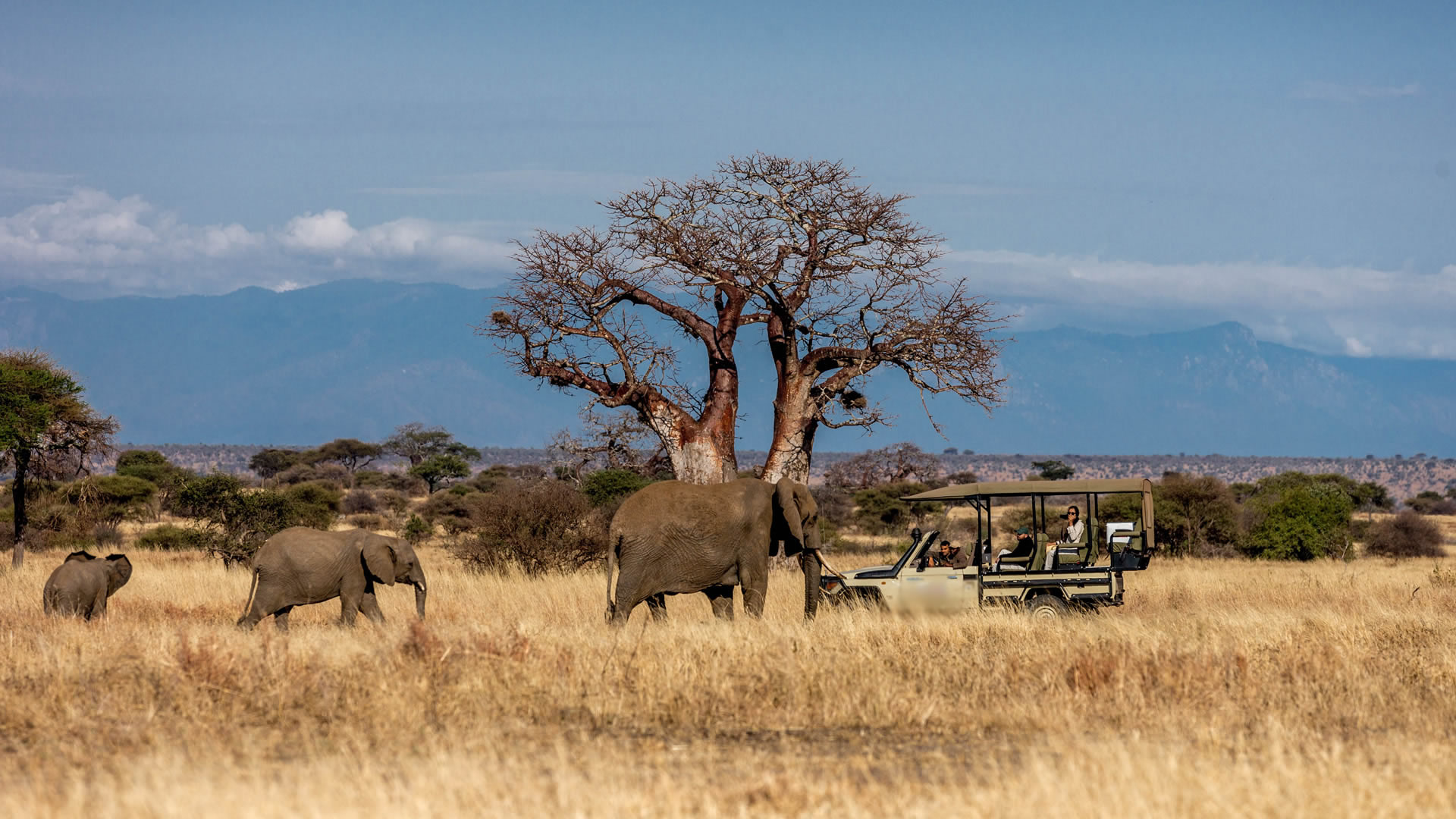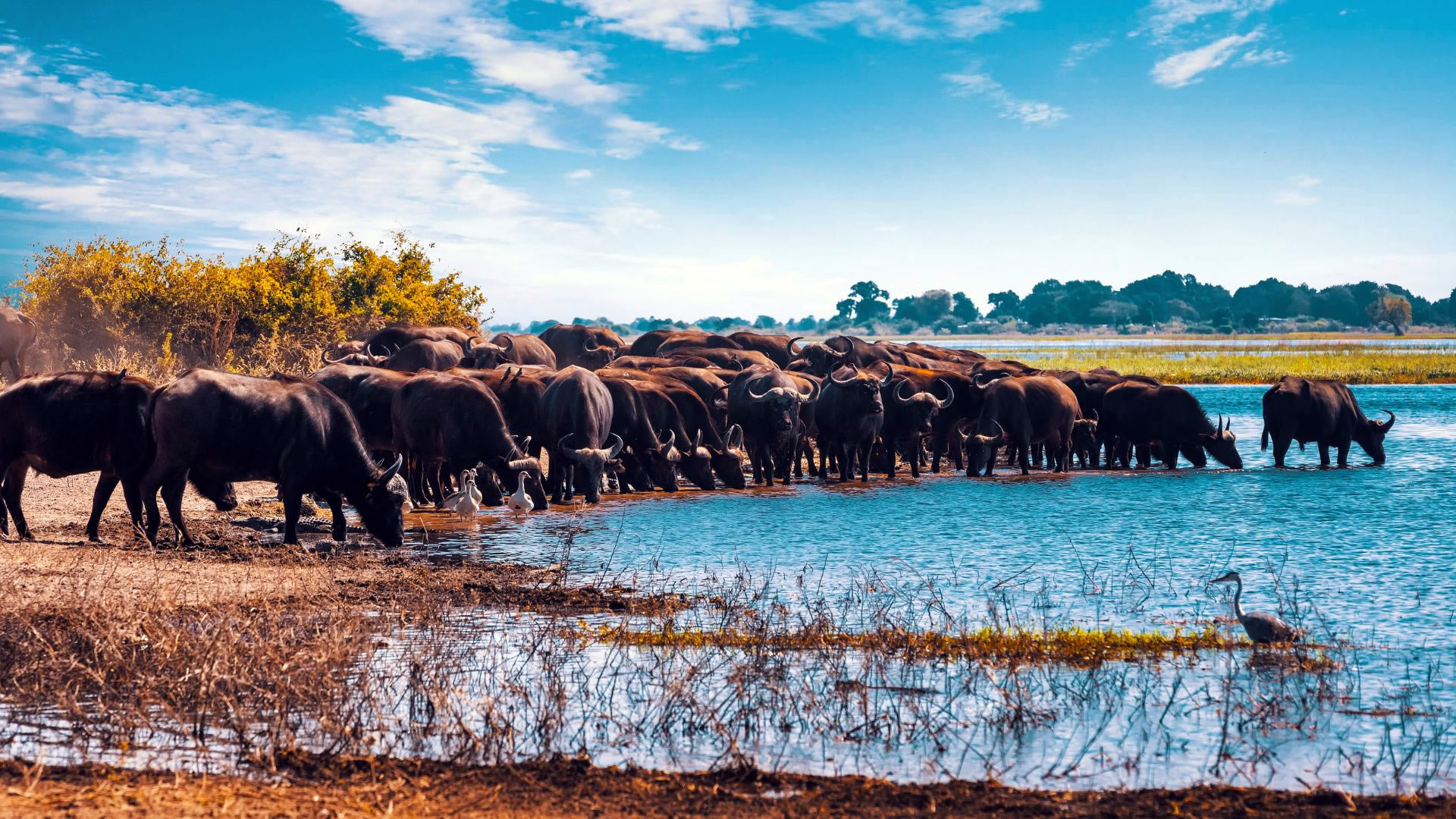
Lake Manyara National Park
“Home Of Tree Climbing Lions"
Lake Manyara National Park covers an area of 125 square miles (325 sq km). The park is located on the northern side of Tanzania and covers a distance of 126 km From Arusha Town. Manyara's landscape includes diverse, striking vegetation, grassland, saline flats, marshlands, acacia woodland, and a small forest. Ernest Hemingway called it “the loveliest I had seen in Africa.” The park hosts several fascinating tourist attractions that one can explore; compared to other parks, Lake Manyara is smaller but stunning due to its eponymous lake, which attracts wildlife, especially during the dry period. Lake Manyara game drives are often less crowded if you are looking for a serene environment. Due to its abundant water, the park is lush and has breathtaking views of the Rift-Valley Escarpments cascading down to connect with its western shore. Lake Manyara has a unique population of tree-climbing lions whose character is found in two populations worldwide. It is a significant attraction as many tourists visit the park to see these exceptional animals. The soda ash lake attracts about 1.9 million pink flamingoes that feed on the algae of the shallow alkaline lake. Lake Manyara National Park is also a paradise for birdwatching lovers, with over 390 bird species recorded in the park.
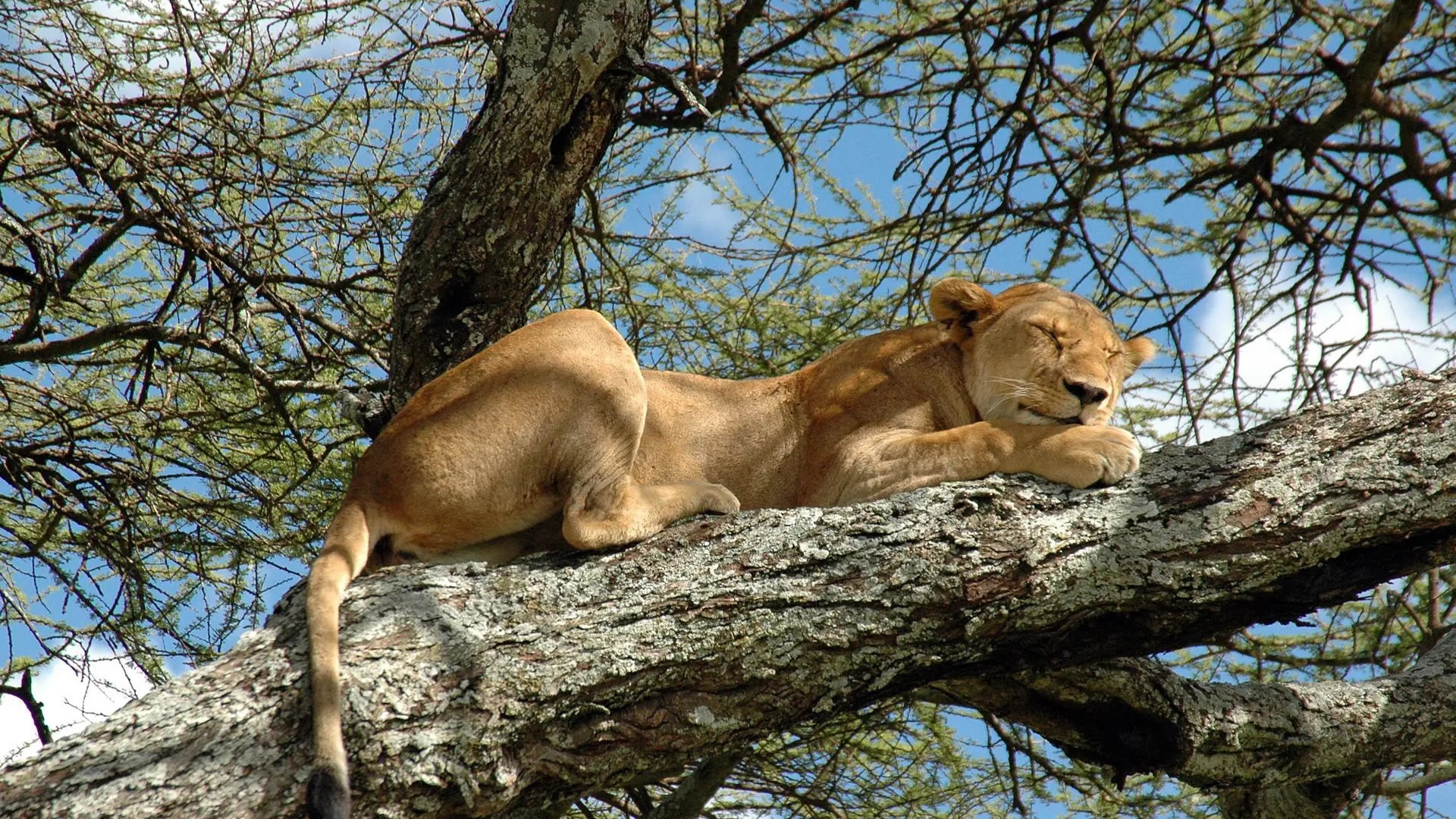
The Lake Manyara National Park Highlight:
Tree Climbing Lions - Lake Manyara is home to the unique pride of tree-climbing lions, which only exist in two parks in the world, with the other one found in Queen Elizabeth National Park in Uganda. They climb trees to avoid insects and their common enemies, elephants and buffalos, that charge at them. You can spot them during the daytime, resting on top of trees. It is a fascinating phenomenon that attracts many visitors to the park. This experience makes them a must-see when visiting the park.
Experience the Lake Manyara National Park
Lake Manyara National Park has a remarkable variety of habitats in a small area. Most notable is the dense, evergreen groundwater forest featuring ancient mahogany and fig trees. Other habitats include the grassy floodplain, rocky escarpment and acacia woodland, all of which can be covered in a half-day visit. Deeper into the park, a visit to the hot springs (Maji Moto) is recommended. You’ll see a lot of different wildlife quickly on game drives, but there are other ways to get close to nature in the park. On a night drive you’ll have a chance to find creatures that are active at night, and on a canoe safari you might possibly see the big flocks of pink-hued flamingos for which the park is famous. Lake Manyara can also be explored on foot on a walking safari. And if your nerves can take it, the treetop walkway is a must.
Best time to visit: Lake Manyara National Park
Wildlife Experience
Lake Manyara National Park has bountiful wildlife, including the famous tree-climbing lions, and is home to four of the “Big Five” (leopards, cape buffalos, lions & elephants). Other animals include cheetahs, bat-eared foxes, African civets, African wild cats, spotted hyenas, honey badgers, mongoose and black jackals. Large herds of elephants, wildebeests, zebras, impalas, waterbucks, giraffes, warthogs, hippos, and baboons exist.
Hard Fact: Lake Manyara National Park was home to a high population of black rhinoceros a few decades ago. But by 1996, all rhinos became extinct due to poaching. Reedbucks were also present around 1984, but by 1996, they also became extinct.
Birdlife
Lake Manyara National Park provides a great introduction to Tanzania’s birdlife. More than 400 species have been recorded and you might be able to observe 100 in one day. The park supports a big array of water-associated birds, including pelicans. When the water level is right, thousands of pink-hued flamingos flock to the lake to breed and feed. Unfortunately, access to the shore is restricted and you might not be able to see them. More than 50 species of bird of prey have been recorded including crowned eagle and African hawk eagle. Migratory birds are present from November to April. Lake Manyara hosts over 1.9million of pink flamingoes, including the lesser flamingoes and greater flamingoes, the great white pelican, yellow-billed stork, grey heron,pink-backed pelican, egrets, crowned eagles, stilt herons, spoonbills, silvery checked hornbills, crested guinea fowl among others.
Best time to visit
Lake Manyara is an all-year-round park that one can visit at any time due to various attractions. Long Dry Season: It is between June and October, and there is no rain. The dry season is also known as “peak tourist season”. Short Dry Season: It is a period between January and February that also experiences a high volume of visitors.
Short Rains: November to December, with hot temperatures of approximately 35°C/95°F and short thunderstorms in the afternoon/evening. There is still abundant wildlife, and many migratory birds visit the park during this wet season, making it spectacular for bird viewing.
Long Rains: From March to May, the heavy rains can become challenging to manoeuvre. However, it is the best time for birdwatching, and the accommodation prices are discounted due to the low number of tourists. Minimum average temperatures are 16°C/61°F and Maximum average temperatures are 28 °C / 82°F..
Getting There?
By Air: Lake Manyara can be accessed by flying to Kilimanjaro International Airport(KIA/JRO), Arusha Airport (ARK) and Julius Nyerere International Airport (DAR). Subject to the availability of aircraft, it is possible to board a connecting flight to Lake Manyara Airstrip directly from Kilimanjaro International Airport for flights arriving before noon. The flight time is approximately 45 minutes. For international flights arriving before 10:15 am, there is a one-hour land transfer to Arusha Airport to board a connecting flight to Manyara at 1:00 pm.
Charter flights: Charter flights are available for the flight route and allow direct connections to Lake Manyara Airstrip without stops en route. Charter flights provide flexibility, the comfort of a private, pressurized cabin, no weight restrictions for luggage, and the ability to land anytime during daylight hours between 6:30 pm and 7:00 pm.
By Road: Lake Manyara National Park is located southwest of Arusha Town, about 126 km(78)miles from Arusha Town. It is the most popular form of transport among tourists visiting the park along the northern safari circuit, with a driving time of approximately 2hrs 33 minutes.



